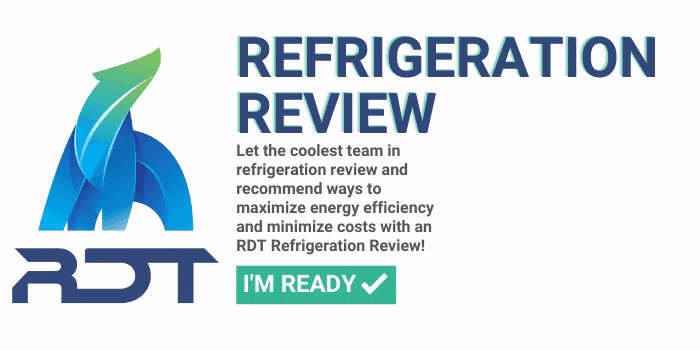Understanding A2L Refrigerants and Their Impact on Buyers

In recent years, the refrigeration industry has witnessed a significant shift towards adopting environmentally friendly solutions to reduce the impact of refrigerants on the environment. One such advancement is the emergence of mildly flammable refrigerants, also known as A2L refrigerants, as a sustainable alternative to traditional refrigerants.
A More Environmentally Friendly Solution
A2L refrigerants are gaining attention as low-global warming potential (GWP) alternatives to traditional refrigerants, offering a more environmentally friendly solution while maintaining efficiency and performance. Their unique properties and applications make them a compelling choice for the refrigeration industry.
Unique Properties and Applications
Lower GWP
Mildly flammable refrigerants exhibit a lower GWP than their predecessors, making them eco-friendly for refrigeration systems. This characteristic aligns with the industry's commitment to reducing greenhouse gas emissions.
Versatile Applications
These refrigerants possess a unique combination of thermodynamic properties that make them suitable for various applications, highlighting their potential for various refrigeration needs.
Energy Efficiency and Heat Transfer
A2L refrigerants are highly energy-efficient and have excellent heat transfer capabilities, making them attractive for refrigeration systems seeking optimal performance and sustainability.
Environmental Impact and Compliance
Mitigating Climate Change
The lower GWP of mildly flammable refrigerants helps mitigate climate change by minimizing the release of greenhouse gases into the atmosphere, contributing to global efforts to combat environmental degradation.
EPA Regulations
The EPA's Technology Transitions Program has established specific regulations for using mildly flammable refrigerants in different applications, aiming to reduce the overall GWP of refrigerants and minimize emissions risk.
The EPA has already set transition dates for many industries, including refrigeration. Compliance with these regulations is crucial for the industry's transition to sustainable refrigeration practices.
Compliance Requirements
Manufacturers and users of mildly flammable refrigerants must adhere to these regulations to ensure compliance with federal law. This includes careful assessment of existing systems and specific guidelines for handling, storage, and disposal of these refrigerants to minimize environmental impact and ensure safety.
Challenges and Solutions
The transition to mildly flammable refrigerants presents several challenges the refrigeration industry must address to ensure a smooth and sustainable shift.
System Redesign
One of the primary challenges is the need for redesigning and modifying existing refrigeration systems to accommodate the unique properties of A2L refrigerants. This may require significant adjustments, but optimizing the benefits is crucial.
Safety Measures
Due to their mild flammability, manufacturers must ensure that adequate safety measures are in place to mitigate the risks associated with these refrigerants. This includes implementing proper leak detection equipment, using air circulation controls and providing comprehensive markings to ensure safe handling and operation once installed.
Embracing a Sustainable Future
Despite the industry shifts associated with their adoption, the industry can work towards a sustainable and efficient refrigeration future by understanding their properties, complying with regulations, and addressing safety concerns. The commitment to embracing these alternatives reflects the refrigeration industry's dedication to environmental stewardship and sustainable solutions.
By prioritizing compliance, safety, and innovation, the industry can pave the way for a greener and more sustainable future, contributing to global efforts to combat climate change and preserve the environment for future generations.
A2L refrigerants allow the refrigeration industry to align with environmental sustainability goals while maintaining efficient and reliable refrigeration systems. Embracing these
alternatives and overcoming associated challenges will be instrumental in shaping a
more sustainable future for refrigeration.
How are you transitioning to A2L? We can help with a refrigeration review. Click below to request a free review!




